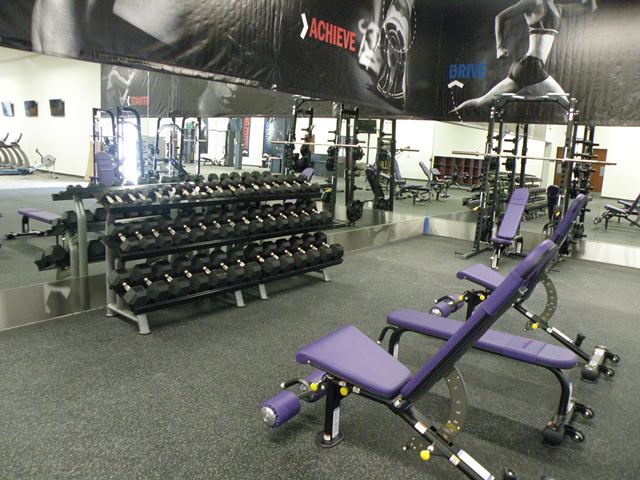By Laurie Merrill
GCU News Bureau
With little fanfare and nary a word from those most involved, a Grand Canyon University era ended quietly last week in the heat of a spring day.
Twelve of GCU’s 18 cadavers were removed from their longtime home in the Colangelo College of Business (CCOB) and taken to the College of Science, Engineering and Technology (CSET) a short walk away.
“The cadavers are housed in stainless steel boxes on wheels,” said CSET Lab Manager Dr. Teresa Bohman. “We just wheeled the cases over.”
It marks the first time in more than two decades that the CCOB building, also known as the Williams Building, hasn’t housed a single cadaver, said CSET Dean Dr. Mark Wooden.
He noted with a grin that some of the CCOB folks weren’t particularly enamored of the smell.
“They were thrilled to get them out,” Wooden said.
The cadavers are sharing space in two labs in Building 57, and two smaller labs will be constructed in the building this summer, Bohman said.
The first cadavers
Wooden didn’t work at GCU when cadavers first became part of the curriculum, but he shares a unique part of their lore. It was retired Dr. Jim Witherspoon, who arrived on campus in 1982 with his wife, Becky, who brought the first cadavers to Grand Canyon College, as it was called then.
In 1984, Witherspoon was tapped to head the Department of Science and Mathematics, and in 1985 he started GCU’s first cadaver program.
“We got our cadavers because I thought it was a good idea to have nurses train on them instead of on rats or cats,” he said. "My students dissected Canyon's first two cadavers during a January term in 1985. Thus it all began."
The two cadavers grew to four, and their home was the west end of the now demolished Tell Science Building until 1995.
At that time, Kirksville College of Osteopathy, today better known as A.T. Still University, received permission to open an extension campus for its graduate health care program at GCU.
Dr. Wooden's unusual passengers
In 2001, the extension college departed and GCU kept the cadaver program going even though the structure became the home of the business college. It also bears the name Williams Building in honor of Dr. Bill Williams and his wife, Shirley. Bill served as president of GCU for nearly 22 years, the longest tenure of any GCU president.
GCU used the cadavers for teaching and remains one of the only Universities that allows undergraduates to dissect cadavers, Wooden said.
The cadavers remain a big draw. Through outreach programs, more than 100,000 prospective students have toured the labs.
Wooden’s personal involvement didn’t take place until 2004. GCU hired him as an assistant professor of anatomy and tasked him with running the cadaver program.
But over the summer he discovered, to his chagrin, that the school had lost its agreement with the previous cadaver vendor.
“I didn’t realize until right before I started that I had to build my own cadaver program,” he said.
He called around but failed to find a place that could provide the five or six cadavers GCU required until he contacted the University of Kansas.
KU had enough cadavers but would not deal with Wooden over the phone because its officials had never heard of GCU.
“They wanted to meet with me in person,” Wooden said. “I had to get the cadavers transported. I thought, what if I rented a U-Haul and I drove them back? I was able to pick up five cadavers, loaded them in the U-Haul and drove back.”
He has a few jokes about this, including how he felt entitled to use the HOV lane.
“In 2004, that’s how we got cadavers on campus,” he said.
Unique comfort with cadavers
The story picks up again in 2010, when Ryan Cannon arrived at GCU as an adjunct professor. At that time, there were six cadavers in CCOB and they were under the care of a full-time instructor, he said.
Cannon said he was in the right place at the right time when he was named anatomy, physiology and exercise science lab coordinator.
“I fell right into it,” Cannon said. “Most people don’t like the smell of cadavers. They smell good to me. I’m very comfortable around cadavers.”
When the new CSET building opened last fall, it included two cadaver labs. It is also contains the Human Anatomy Workshop room, which has a marketing role and is used primarily for high school visits and classes.
Programs featuring cadavers are extremely popular, and since Cannon’s arrival on campus the number of cadavers has grown to 18.
"As we grew and the program grew, the cadavers have helped us really expand and market the programs," he said.
The end of school marked the ideal time to relocate the cadavers out of CCOB, Bohman and Cannon said.
"I wanted to get them out of CCOB and move forward as fast as possible," Cannon said. "It's easier for me to keep track of everything in one building, and it gives (Dr. Randy Gibb, the CCOB dean) more time to figure out what he wants to do."
Gibb said various options are under consideration.
Contact Laurie Merrill at (602) 639-6511 or @[email protected].




















